I have been reading Roald Dahl’s The BFG to my fourth grade classes trying to encourage them to read (and finish) chapter books. After several weeks and realizing that I wouldn’t finish before the end of the year, I bought 3 copies of the book from the bookstore and gave them to the teachers after they promised they would read everyday until they finished it (I will be checking with the students and ask for my book back if they aren’t holding to their promise).
Hands-On Activities in the Library: Science Meets Literature
Sooooo…what to do next? I was thinking of some sort of hands-on, maker space sort of activity and with our school system’s science olympiad coming up soon, I looked at the state science performance standards. As a judge for the science olympiad I know a laser light relay is one of the events and decided to set it up in the library. This would also give the students going to the olympiad some practice. The Georgia Standard of Excellence: Science: “S4P1 b. Plan and carry out investigations to describe the path light travels from a light source to a mirror and how it is reflected by the mirror using different angles.” I borrowed most of the supplies from our science lab, but did have to scrounge up 7 flashlights!
Linda Sue Park’s Firekeeper’s Son

I remembered reading a book that had something to do with fires being lit in a relay along mountain tops and after some key word searching in our school library catalog and came up with Linda Sue Park’s book. I read her book, Firekeeper’s Son, which tells the story set in Korea in the 1800’s which relied on a series of firekeepers atop mountains who lit fires from the coast to the king inland at his palace. If the fires were lit, then there were no enemies invading from the sea. The students became “firekeepers” using a flashlight.
A Temporary Science Lab
Students worked in small groups and each had 3 mirrors, a flashlight and a photo of a Korean palace (where the king lives). They had to use all three mirrors to aim a beam of light onto the palace. So they were “firekeepers” relaying the message via mirror to the “palace” so the king would know all was well, no enemies in the land.
It really wasn’t a science lesson, but I just wanted to give the students an opportunity to play around and figure things out for themselves. I don’t think they have enough time with hands-on activities. After they were successful with the mirrors, they had three prisms to work with. This was also another chance for them to practice team work and social skills. They were so excited and had a great time and they might just have learned something!




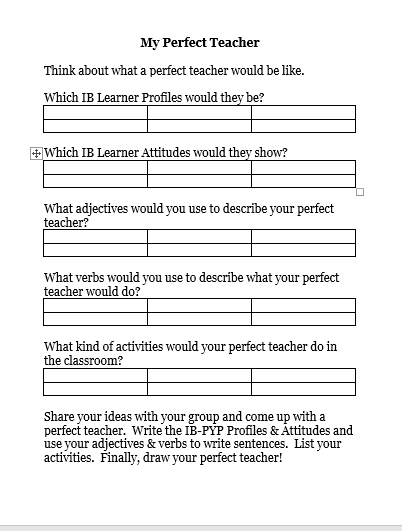
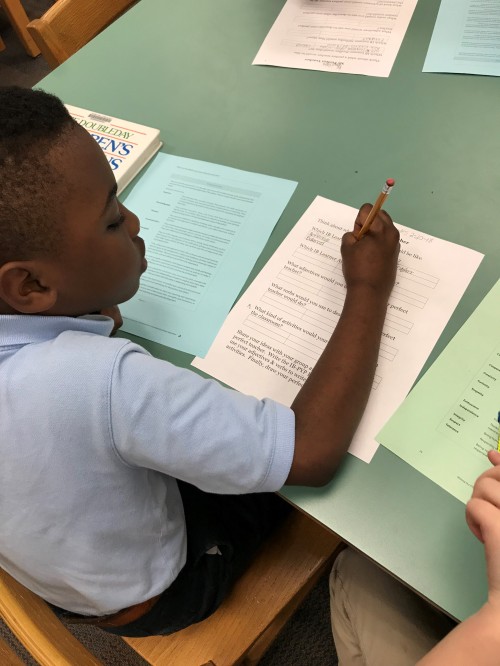
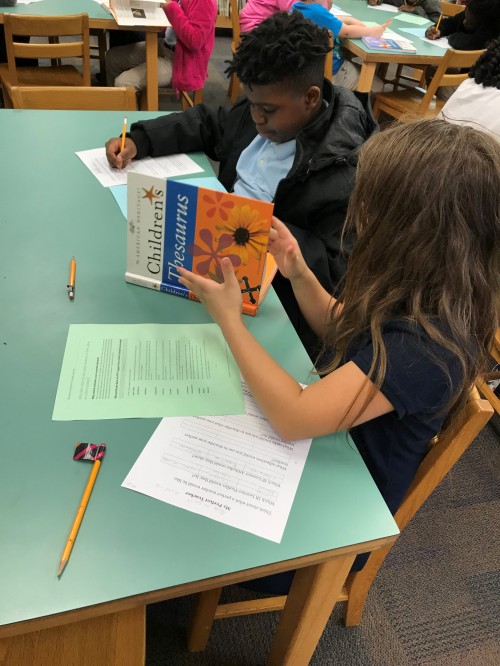
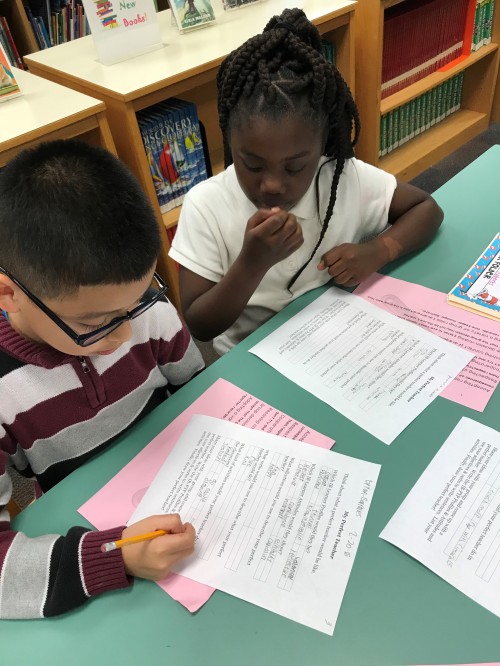
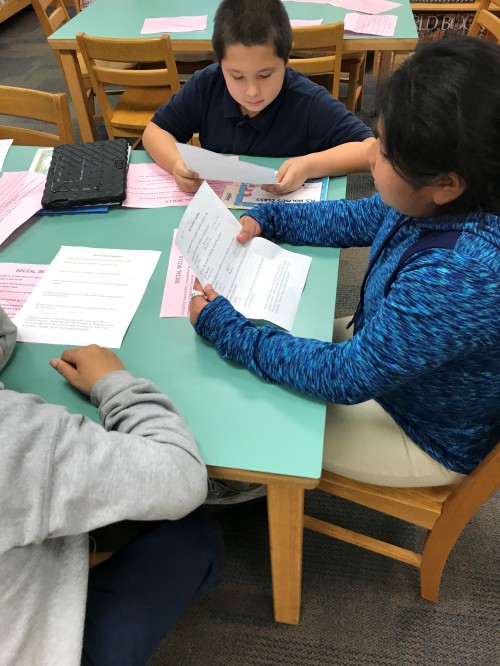
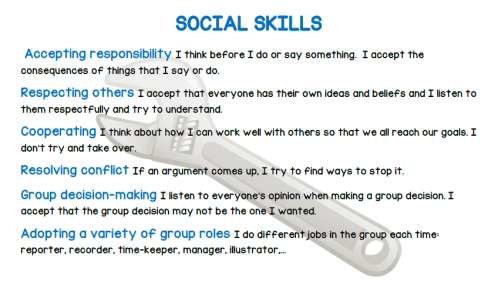
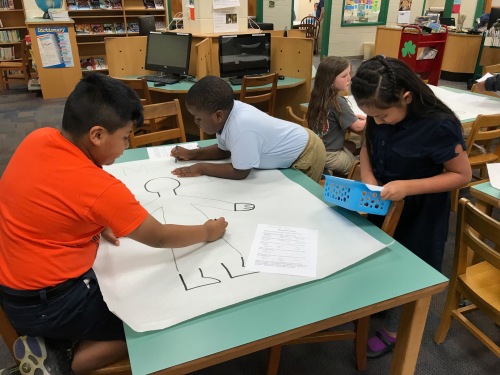
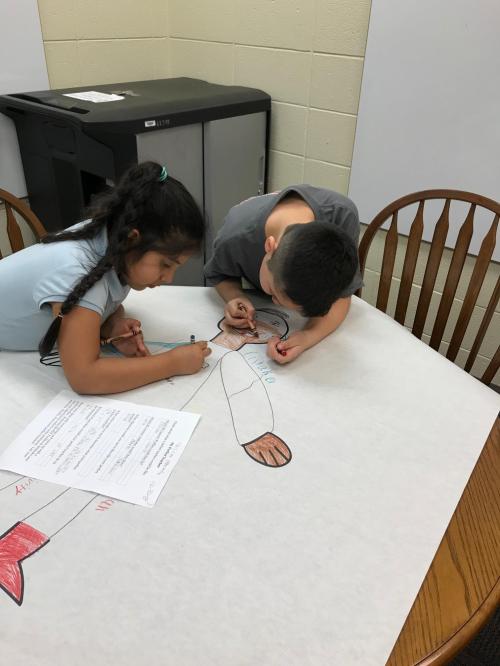
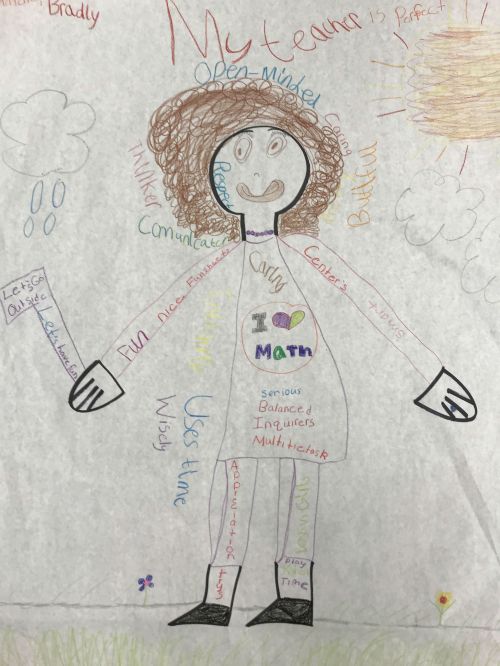
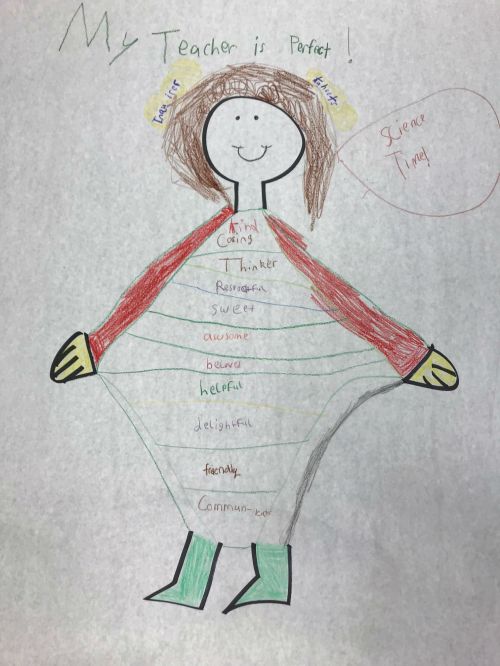
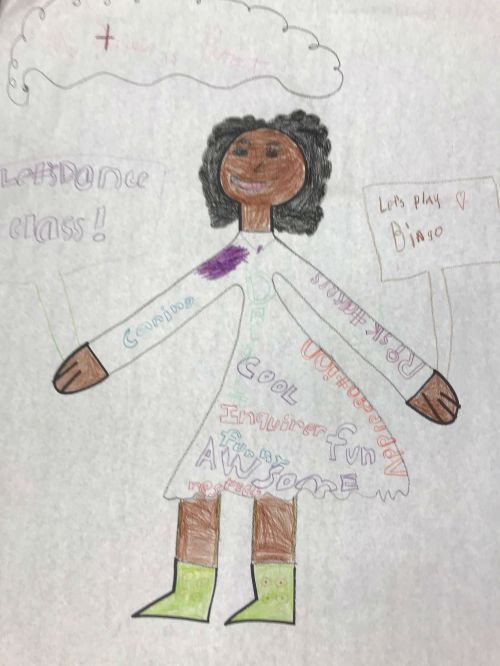
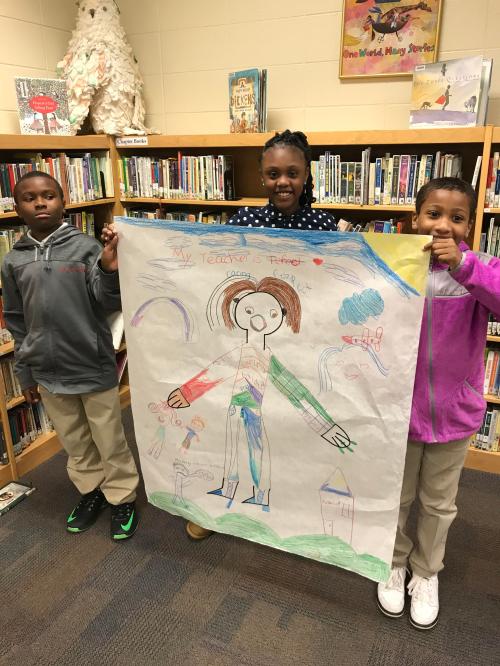
 I did this series of lessons last year and the students and I enjoyed it so much that I decided to do it again! I “borrowed” the idea from Jennifer Reed. I read about it on her blog, Reedarama (
I did this series of lessons last year and the students and I enjoyed it so much that I decided to do it again! I “borrowed” the idea from Jennifer Reed. I read about it on her blog, Reedarama (







